News flash – my adolescent self didn’t know everything (my parents will back me up on that one, too!).
It turns out there are tons of complicated processes needed for speech and language development. Beyond just speech, there are all kinds of milestones related to motor skills, sensory processing, coordination, language, and more that kids are meeting as they grow. Many kiddos go through the natural progression of these markers with ease. However, other children may need a little assistance to help them along the way. Either way, there are lots of things we as parents can do at home to help our kids learn and grow.
I’m a firm believer in early intervention. Maybe this is because one of my previous jobs involved me doing some marketing for early childhood education programs and another had me dealing with families of children receiving speech and audiology services. Maybe it’s because I’m fortunate enough to have a pediatrician for my kids who makes developmental screenings a priority. Or maybe it is because the research behind brain development is compelling and just makes sense. (Read more about early brain development here from Urban Child Institute.) Whatever the reason, I have sought therapy services for my children as soon as I noticed a milestone lagging.
My son was a little bit behind on putting two words together, which isn’t uncommon for a boy. By his third birthday, he was speaking in sentences, but it was difficult for people who weren’t around him every day to understand what he was saying. We enrolled him in private speech therapy through our insurance. Our speech therapist noticed a few coordination issues and some timidity to climb on things and referred us for an occupational therapy (OT) evaluation. He’s now five and has successfully graduated from both speech and OT. Woohoo!
Having this experience made me much more comfortable with the likely therapies that would be needed for my internationally adopted daughter. We knew that her first 18 months were largely spent in a crib by herself. She lacked exposure to normal conversations, moving around in open spaces, and experiences that build normal sensory processing.
Soon after she came home, I had her evaluated through our state’s early intervention program. They did a five-area assessment to identify strengths and areas of delay. We then opted to utilize speech and occupational therapy services through them. (Click here for information on how to contact your state’s early intervention program.) Additionally, we chose to enroll her in physical therapy (PT) and additional speech through our insurance.
I tell you all of this so that you understand that while I am in no way, shape, or form a pediatric therapist, I have A LOT of experience as a parent of a child receiving services. The professionals who have worked with my children are trained to help them meet their milestones, but they have also taught me how to be a better parent.
If you don’t have experience with PT, OT, or speech for kids, it might sound formal or intimidating. Our state early intervention services have to be provided in a natural environment, so the therapists come to my home. We go to a local pediatric outpatient clinic for the other services. Regardless of the location, most pediatric therapy is focused play. Kids learn by playing, so during a typical session, the therapist and I are on the floor with my child. And my kiddos enjoy it!
Though the activities may differ based on the goals and therapist, they have taught me how to carryover basic play skills. And the great thing is that these can benefit all children, not just ones who are delayed. Below are some ideas of things you can do at home to make playing with your kids more intentional. Most of these are aimed at toddlers and preschoolers, but your infant may begin to enjoy them as well.
Will your kids think you are awesome? Possibly. Will they have fun? Very likely.
1. Bubbles
 These soapy spheres have to be the most common therapy tool for toddlers! My two-year-old daughter has four different therapists and they all use bubbles for something different.
These soapy spheres have to be the most common therapy tool for toddlers! My two-year-old daughter has four different therapists and they all use bubbles for something different.
You can use them to practice turn taking, blowing, and popping. Ask your child what direction they go to learn “up” and “down,” or focus on the concepts of “wet” and “dry.” Enunciating “pop” and “bubbles” works on early speech sounds. They are great for sharing moments of joint attention with your child as you both focus on the same task.
Bubbles are also a great tool for redirecting during a tantrum. Our OT suggested throwing the mini bubble tubes (like the ones used at weddings) in my purse or diaper bag to use during public meltdowns. They are also slimy, which is good for kids who avoid touching messy things. And kids can practice fine motor skills by holding the wand and twisting the top.
Our PT uses them to encourage reaching and stretching. She also gets my daughter to sit (a miracle in itself!) and practice standing up with them.
Plus, they are cheap, easily accessible, and fun for all ages. My favorites for toddlers are the Fubbles because they don’t spill. But any of them work! We have a variety.
2. Wooden Puzzles
These are great because they are sturdy and easily manipulated by little hands. The ones with knobs like this one are really easy to pick up. I like the farm animal and safari animal ones to talk about animals and their sounds. They are also great for matching and fine motor skills.
Our PT puts the pieces on one side of an obstacle course (stepping over things, climbing small steps, etc.) and the base on the other. She goes back and forth gathering pieces. Here are some of my favorites from Melissa and Doug:
3. Pop-up Playhouse
Besides being loads of fun, a playhouse like this can be filled with pillows so my daughter can have a safe place to crash when she needs to calm and regulate. Walking on the pillows also builds leg strength. This house also lends itself naturally to discussions of open, close, in, out, and lots of pretend play.
Any playhouse can be used for this, but I love that this one can be folded up and tucked away easily.
4. Kitchen Set and Play Food
There are so many speech and language opportunities with a kitchen set! Narrate as you wash, stir, chop, cook, and serve food. Name all the items you use and ask your child to repeat. You can also ask them to hand you specific things. Practice taking turns and pretend play by serving a meal or feeding a doll or stuffed animal.
We have a kitchen set similar to this and I love this play food.
5. Board Books
One of the best ways to help your child build their vocabulary and language skills is by reading to them. Don’t feel the need to read every word to the story, but point out and label the different illustrations.
Our daughter had very little, if any, exposure to books when we brought her home from China. It took practice to get her to sit in our laps and pay attention for any period of time, but now it is one of her favorite things! She can identify pictures by pointing and is beginning to tell us what things are.
It’s also okay to read the same books over and over because knowing what comes next is an important skill. Sitting in your lap can be calming and turning the pages gives fine motor skill practice. In addition to learning early language, instilling a love of reading and books can help your child become a better reader in the future. I really can’t say enough good things about it.
But if you child is anything like mine, she can destroy a book in seconds. Seriously, our son had books for five years before my daughter joined the family and maybe one of them had a tiny rip. Little sister has chewed on covers, torn pages, ripped out things that pop up, bent, creased, stood on, thrown, and just about every other thing you can do to “love” a book.
For that reason, I only let her use board books. While I love the library and recommend it as a great source for free books, I don’t want her messing up their stuff! You can find gently used books at yard sales, consignment stores, and places like Half Price Books.
But if you want to buy them new, here are a few of my favorites:
- 100 First Words
- Press Here
- Moo, Baa, La La La (or anything by Sandra Boynton)
- Goodnight Moon
- The Very Hungry Caterpillar or anything by Eric Carle (Check out my Very Hungry Caterpillar birthday party post here.)
- Brown Bear, Brown Bear, What Do You See?
- I Can Giggle (or other books with pictures of babies)
6. Slides, Swings, and Climbing Equipment
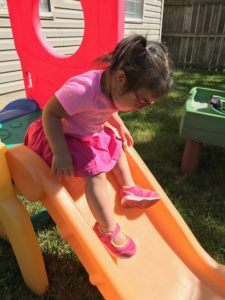 We live across the street from a park and it is perfect for letting our kids climb, walk on uneven surfaces, move their bodies, burn off energy, and just have fun. What I didn’t realize was how important the playground was for my kiddos who had developing vestibular systems.
We live across the street from a park and it is perfect for letting our kids climb, walk on uneven surfaces, move their bodies, burn off energy, and just have fun. What I didn’t realize was how important the playground was for my kiddos who had developing vestibular systems.
If you are like me (before kids in OT), you have no idea what the vestibular system is, so I’ll let you in on my very basic understanding. The vestibular system is based in your middle ear and controls your balance and sense of where you are in space. Issues here can affect movement, coordination, motor planning, catching, throwing, and a whole host of other things. (Read more here from actual occupational therapists at The Inspired Treehouse.)
The playground is the easiest way to work on this system. If you don’t have easy access to a park, or if you want something for your home, I recommend something basic for your backyard.
We have this one from Step 2.
7. Sand/Water Tables
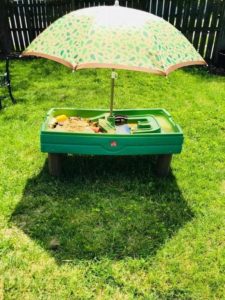 Anyone who’s ever been to the ocean knows that there are great benefits found in sand and water. What you may not know is that messy play helps with sensory development.
Anyone who’s ever been to the ocean knows that there are great benefits found in sand and water. What you may not know is that messy play helps with sensory development.
Digging in sand, splashing water, and pouring are also great for learning cause and effect, hand-eye coordination, self-regulation, and more. Plus, kids of various ages love it. You can fill up a large storage tub with water or sand for a cheap and easy way to play. Or you can buy tables designed for this purpose.My favorite is this sand/water table combination from Step 2.
We’ve had this one in our backyard for four years and it is still going strong. It has weathered snowstorms, rain, sun, and everything in between. I like that it is elevated and has a lid to keep out any wandering creatures. It also has an umbrella for makeshift shade when you need it. Most of the time we use it just for sand because we have a separate water table, but we sometimes use it for both.
My kids can play with either table for hours, meaning sometimes I can just sit in peace. Win/win in my book!
8. Little People Sets
If I’m honest, pretend play doesn’t come naturally to me. Having some sort of prop to guide my conversation makes it a little easier. For example, a barn with farm animals allows me to talk about what cows say, what horses eat, and to walk sheep through a pretend field so much better than if I had to find separate pieces around my house to make believe on my own.
I’m sure there are other brands of toys that have similar products, but Little People barns, playhouses, Noah’s ark, and other sets are perfect for helping me narrate play with my toddler. They hold up well and are fantastic for setting up easy opportunities for language building, turn taking, and pretend play.
9. Stacking Rings
Though they seem relatively simple, stacking rings are great tools for toddlers. They work on fine motor skills, allow you to talk about sizes and colors, help visualize depth, and prompt reaching skills. One of the things we work on a lot in PT is reaching across the body and being able to use the left hand on the right side and vice versa. Stacking rings are great for that.
My daughter’s favorite is SpinAgain from Fat Brain Toys. In addition to the benefits of other stacking rings, these spin down the pole. They are taller than most ring sets so she has to reach, kneel, or stand to use them. The base can be used on the flat or rounded side to make it more challenging. My husband even likes playing with these!
10. Blocks
It may be your natural reaction to discourage your kiddo from knocking down every tower built with blocks, but the destruction is just as important as the construction phase. Watching blocks crash when they hit them teaches basic principles of cause and effect. You can also help your child with fine motor skills, reaching, sorting, colors, sizes, counting, and more as you build.
We have several different types of blocks in our house. My daughter’s current favorite is the Mega Bloks wagon set. She loves pulling and pushing it around, dumping it out, basic building, and even cleaning the blocks back up. They now have a scooping wagon that picks the blocks up, which sounds like a nice feature. If only all toys had that option…
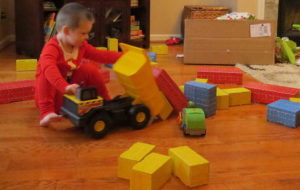 These Melissa and Doug cardboard blocks are also fun because they are bigger. Though cardboard, they are surprisingly sturdy and have lasted us three years and counting.
These Melissa and Doug cardboard blocks are also fun because they are bigger. Though cardboard, they are surprisingly sturdy and have lasted us three years and counting.
All these toys are ones that I have and use with my kiddos, but there are so many ways you can be intentional during playtime with your children. Narrate the world around you as you cook, shop, drive, or take a walk outside. Encourage sensory play with finger paint, bins of dry beans, or shaving cream. String beads or color with crayons for fine motor skills. Or practice gross motor development by running and jumping outside.
You know your child best, so be sure to arm yourself with information to identify milestones they may need additional help to reach. As I said before, I think that having my children in pediatric therapy has equipped me to be a better parent. I am so thankful to have had professionals direct me on how I can help my kids develop and grow. Hopefully, this list will get your wheels turning on ways you can do the same.
I’d love to hear what your favorite developmental toys are for your toddler! Leave me a note in the comments below.
To find out more about developmental milestones and red flags to look for, The Child Mind Institute has great information by clicking here.
You may also like my list of non-toy gift ideas for kids of all ages or unique gift ideas for mom. Don’t forget to sign up for my newsletter for a free $500 travel card and exclusive content!
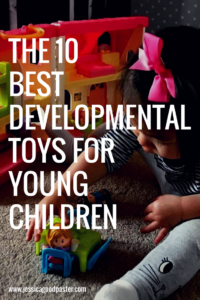
As an Amazon Associate I earn from qualifying purchases.
Good things come to those who sign up!
Sign up for my email list today for exclusive content and deals. Plus you get a money-saving gift just for subscribing! Currently, you receive a discount card from TravNow with $500 in travel credits for eligible hotels and resorts worldwide. Enjoy!
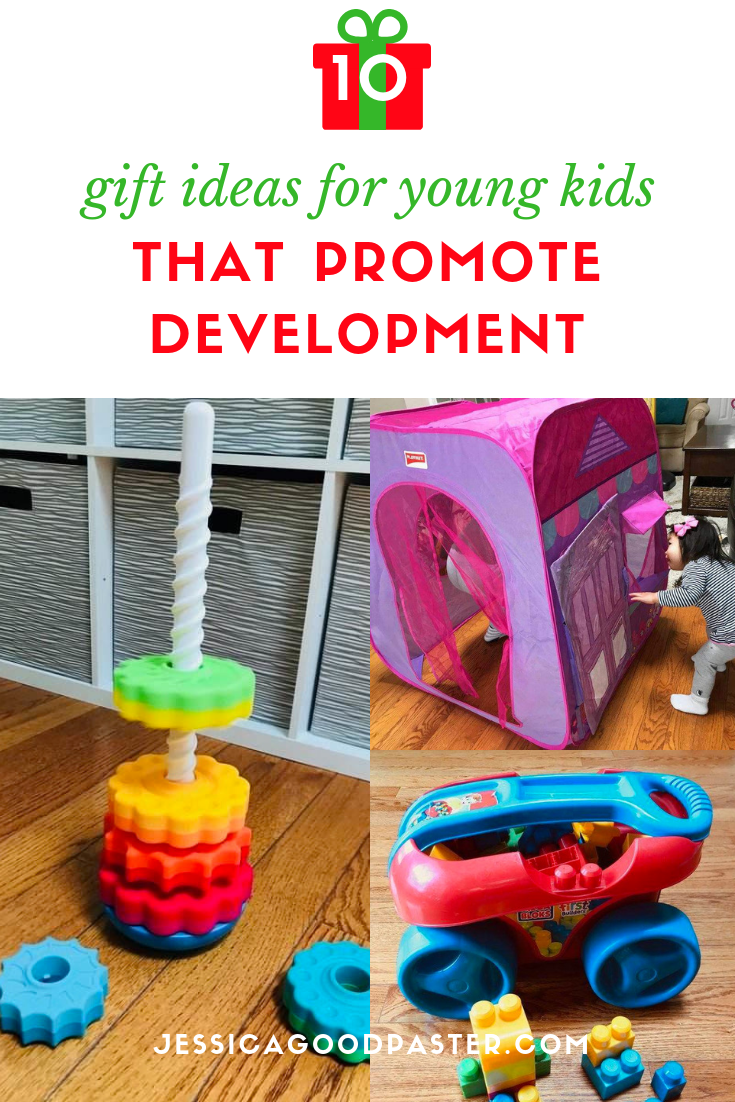
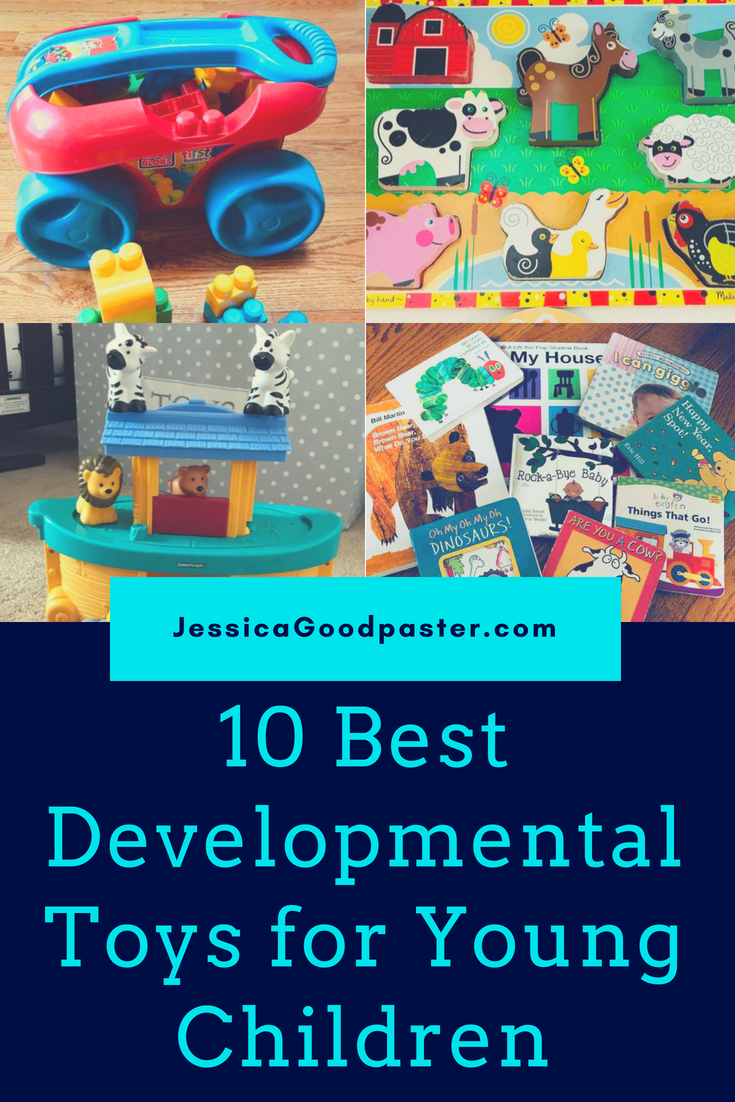
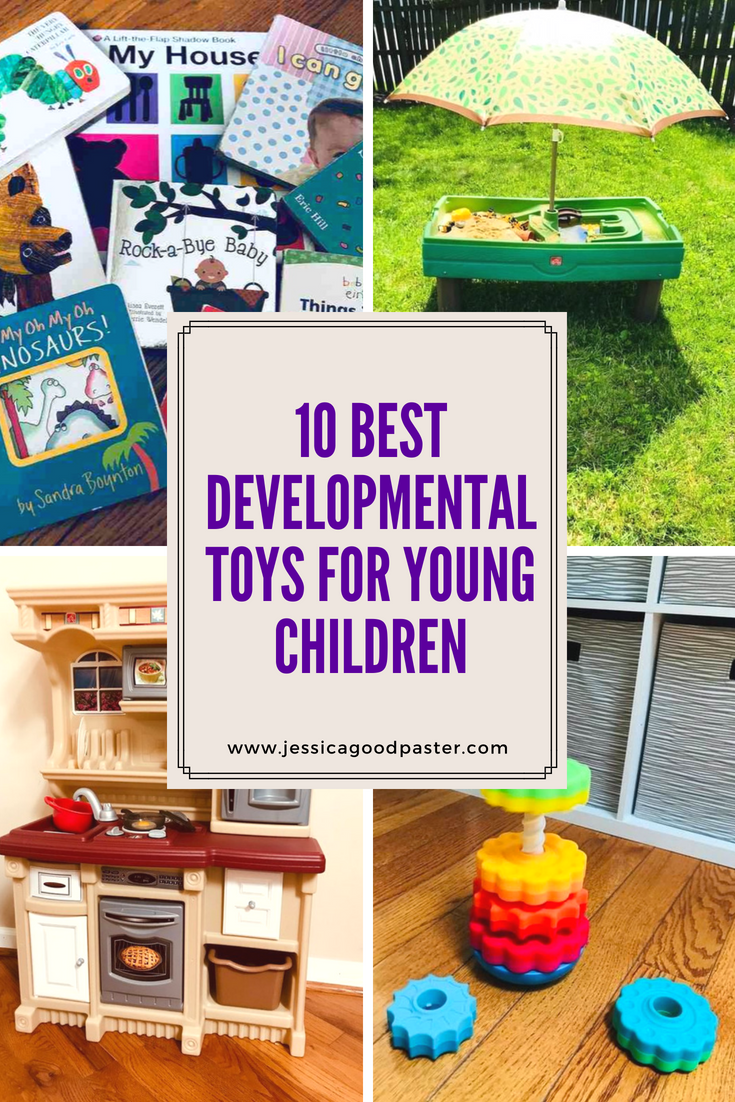
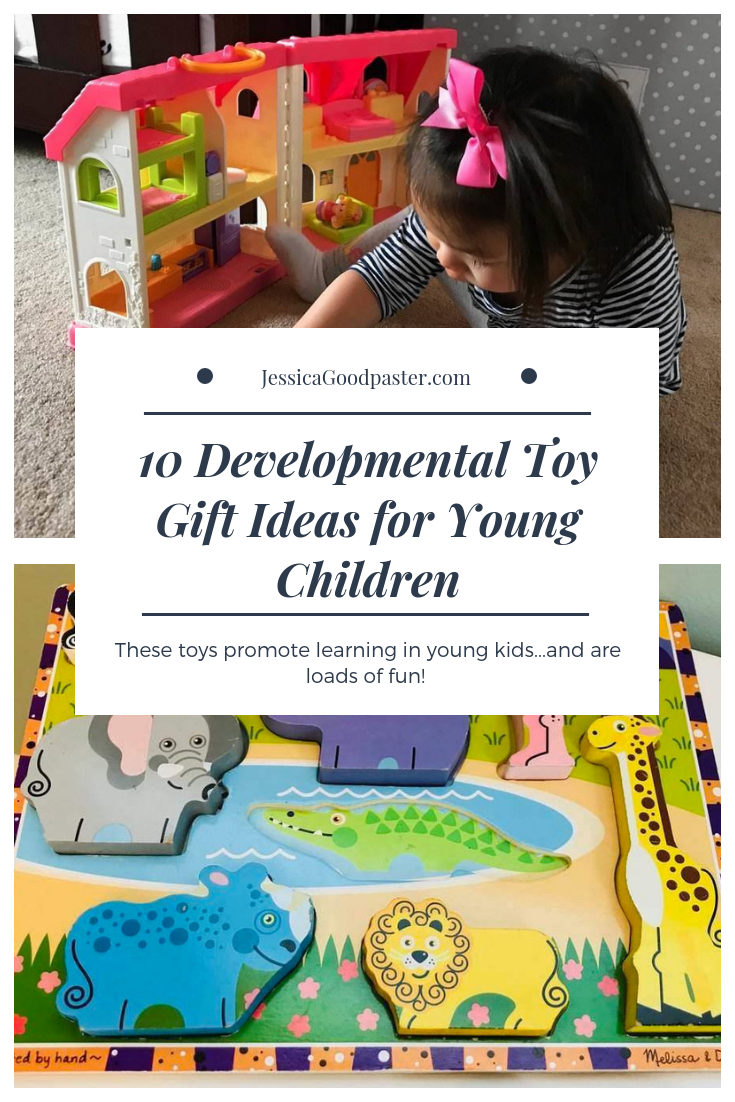
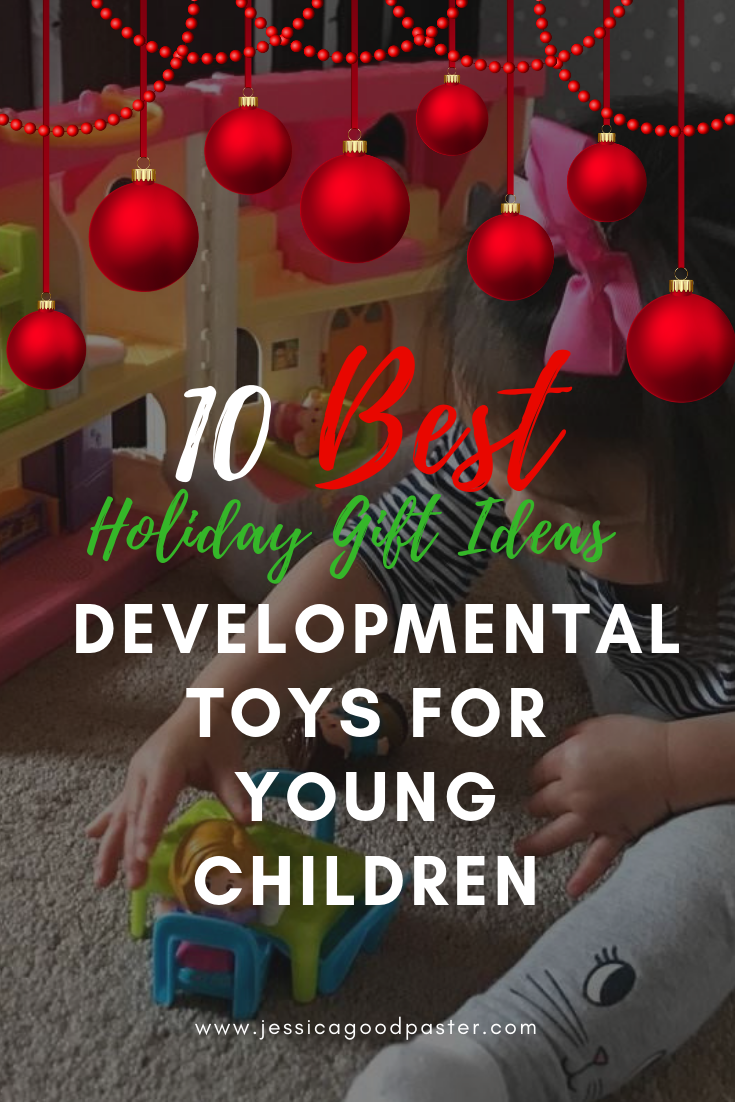
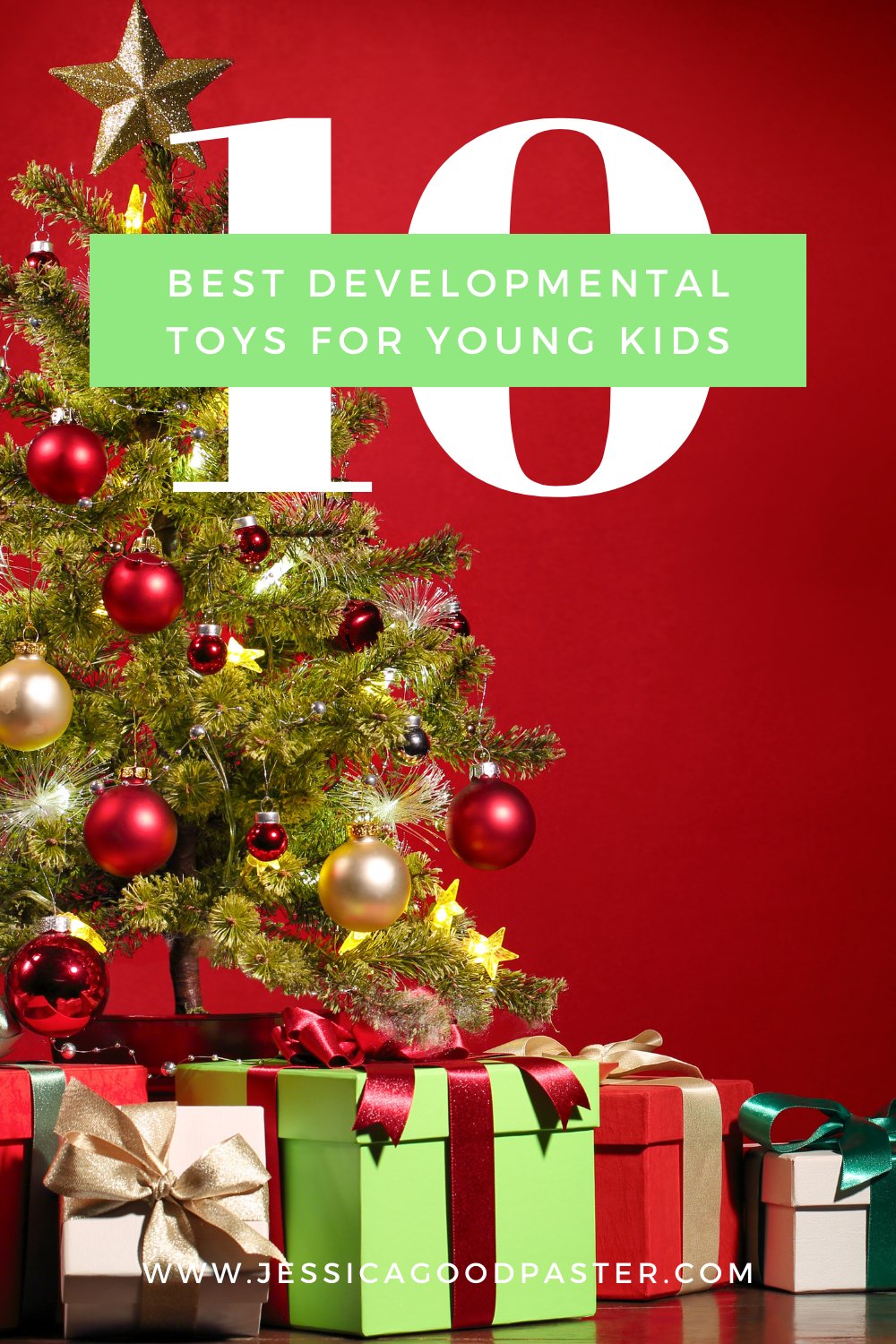
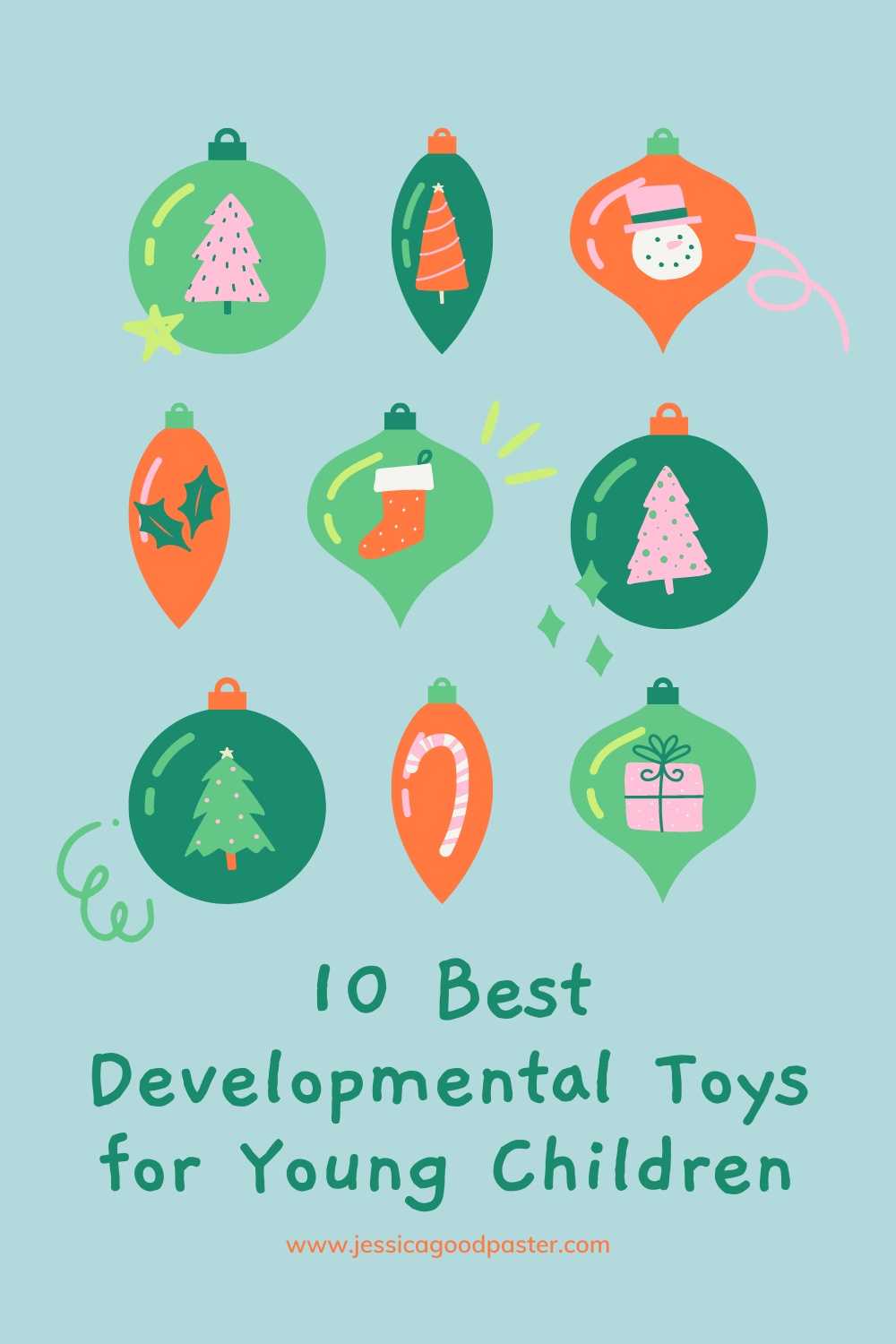
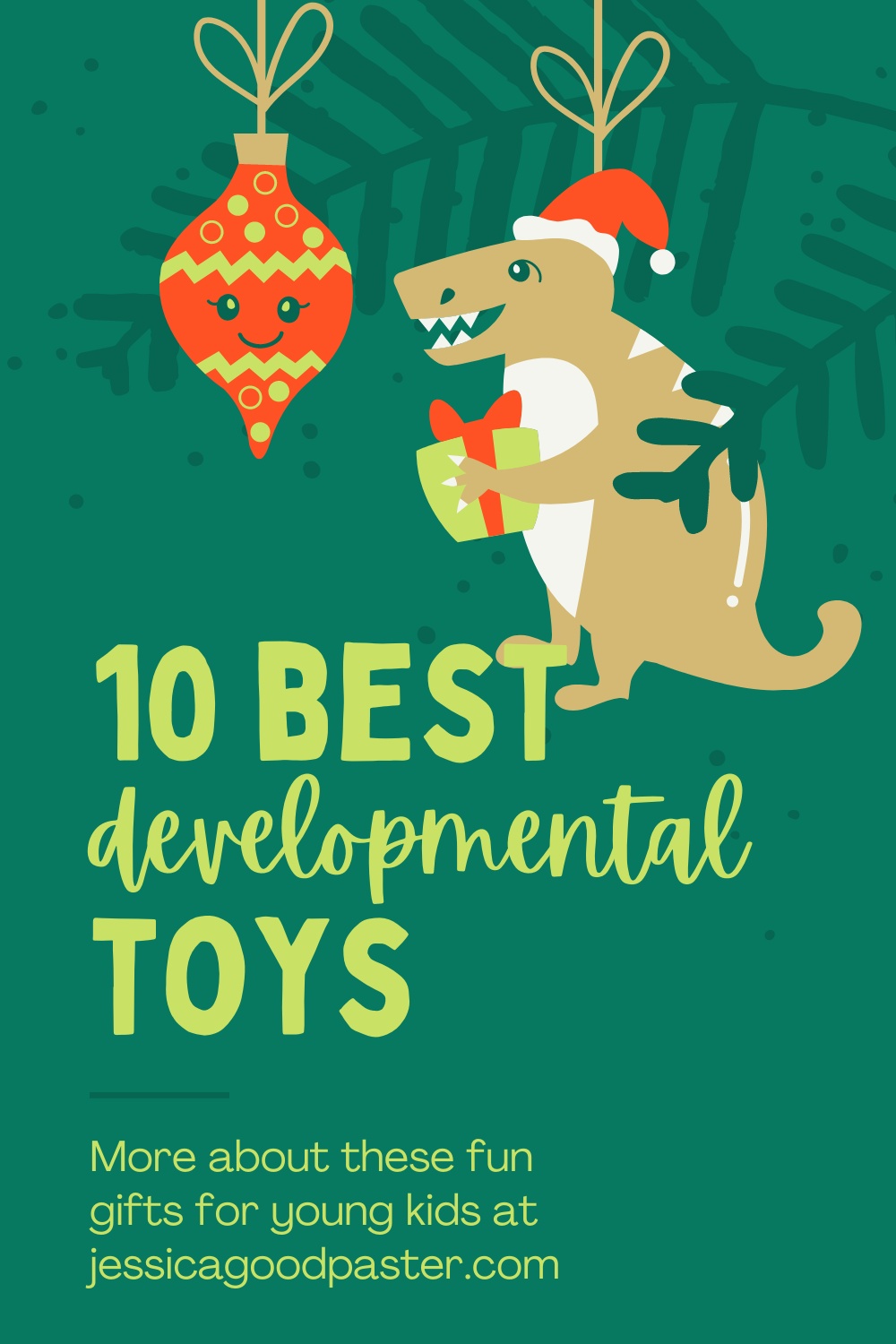
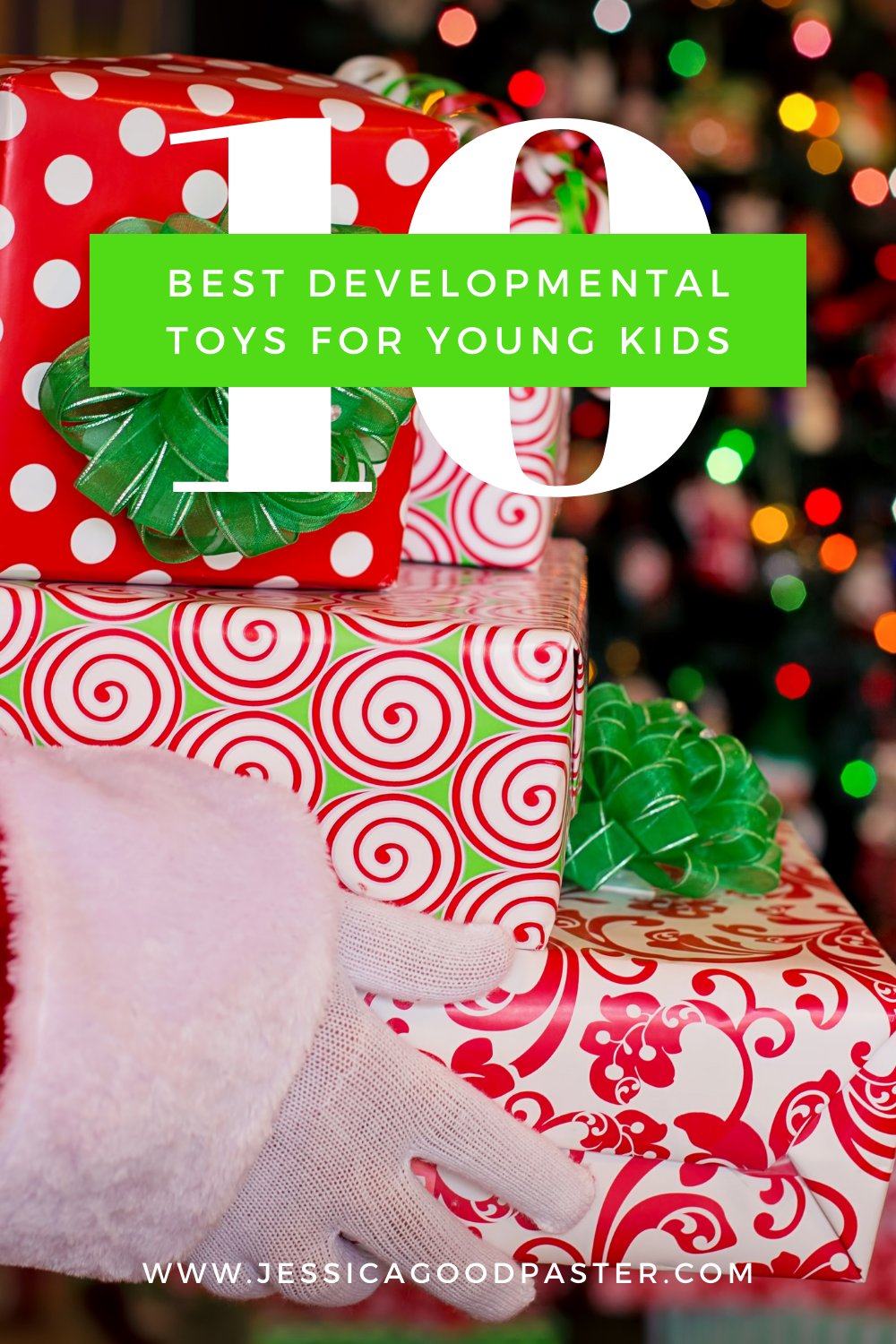
This post contains links to third party companies. I may receive a small commission if you purchase any of these items. Please know that I only recommend and endorse products that I think will be of value to my readers.

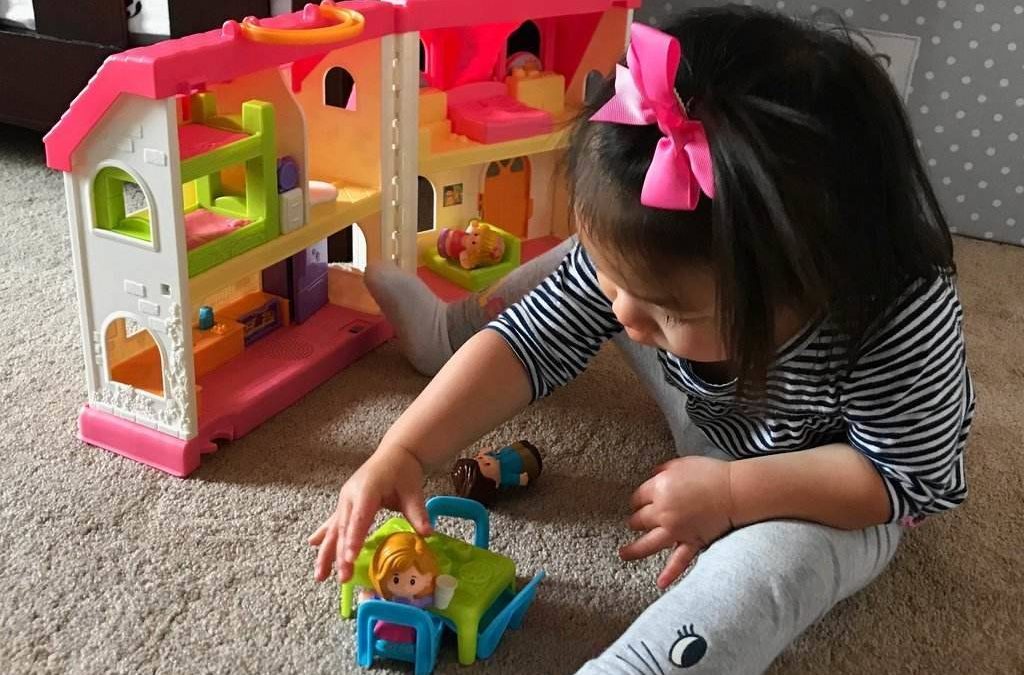
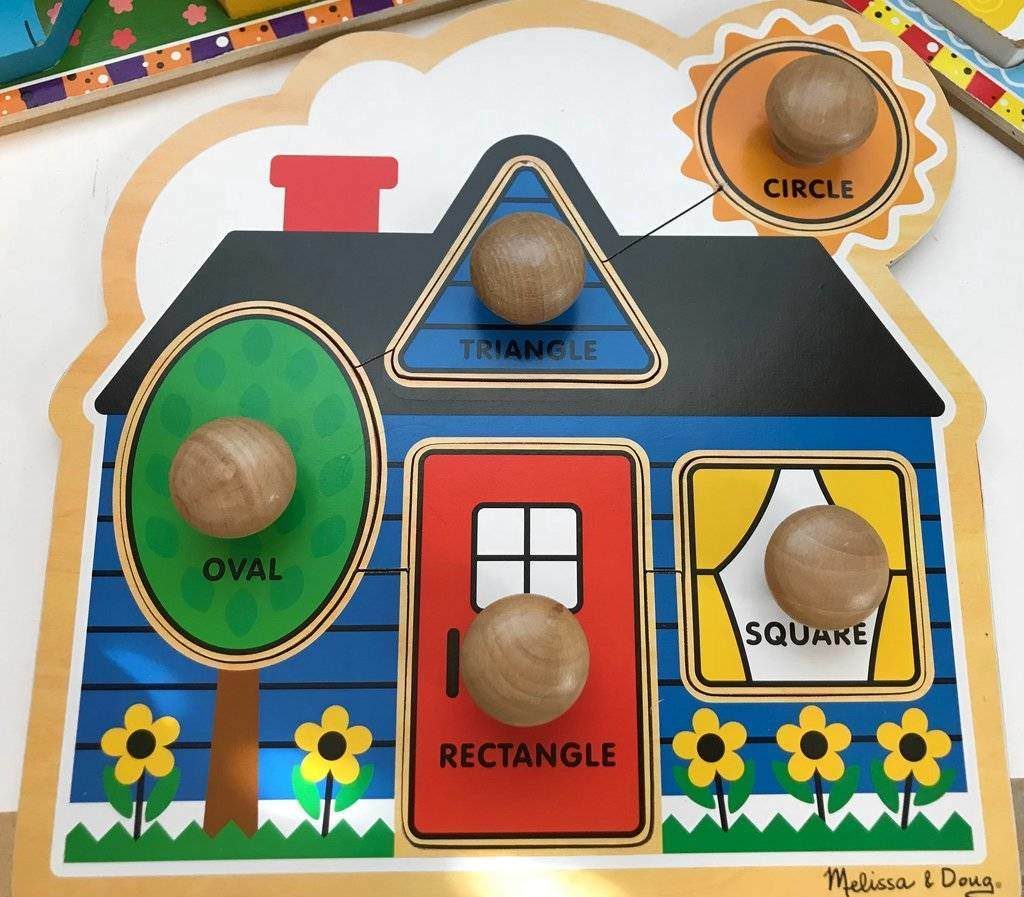


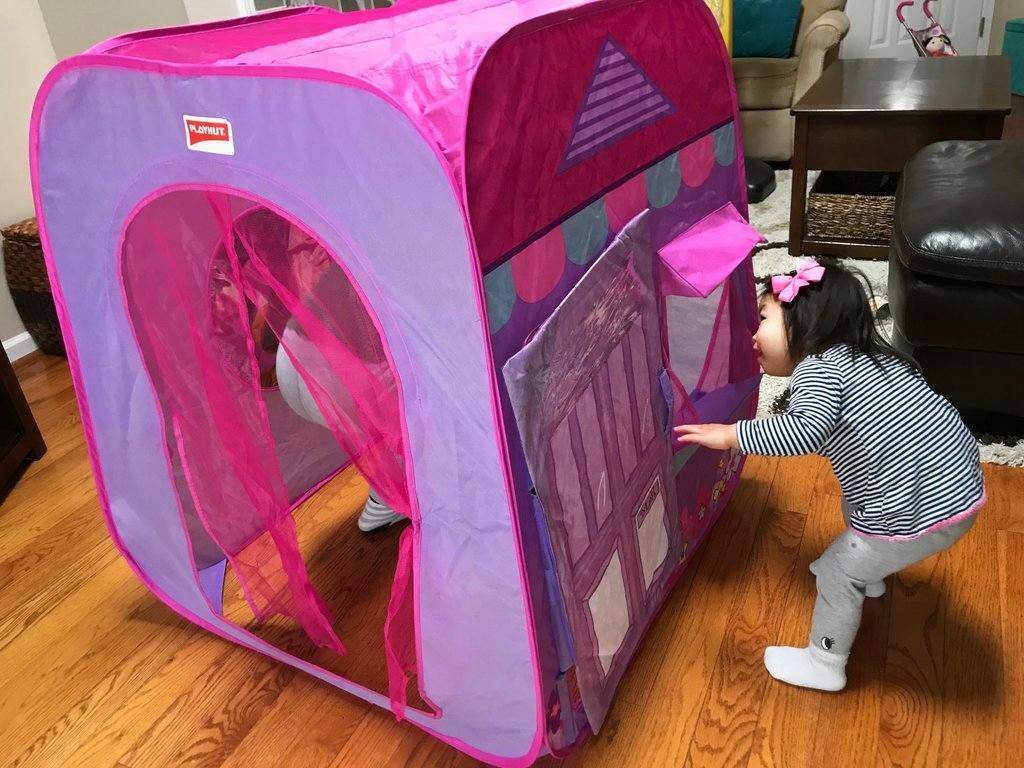
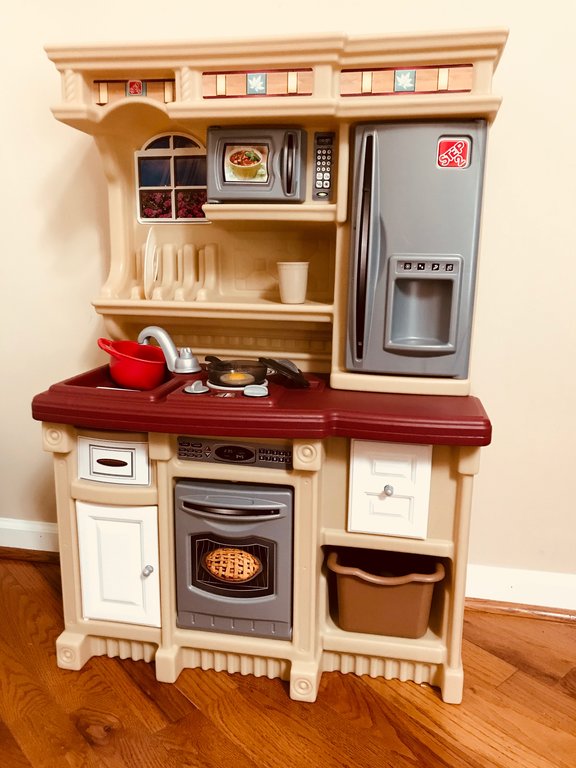
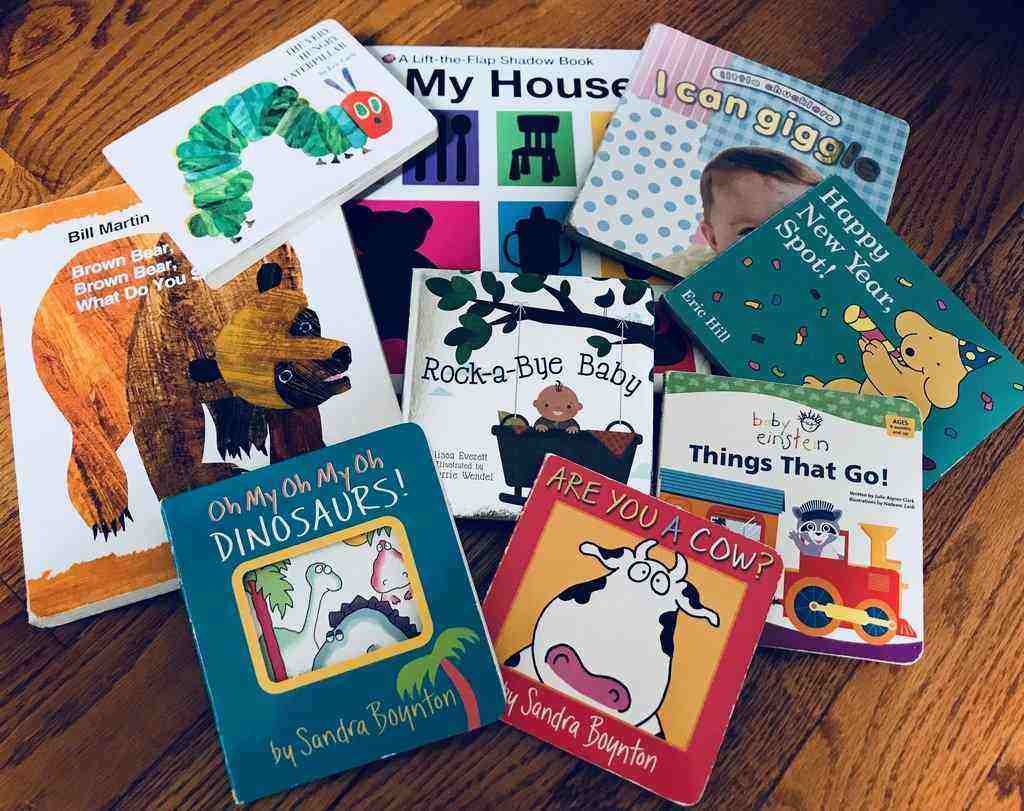
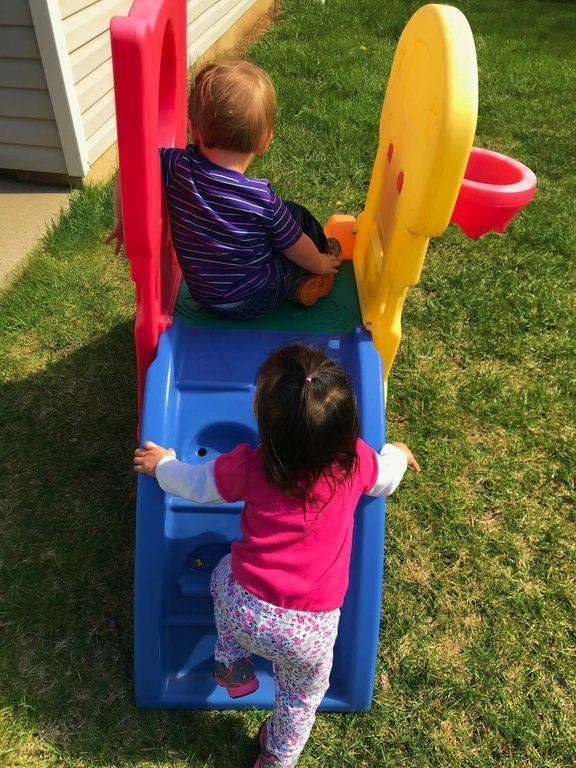




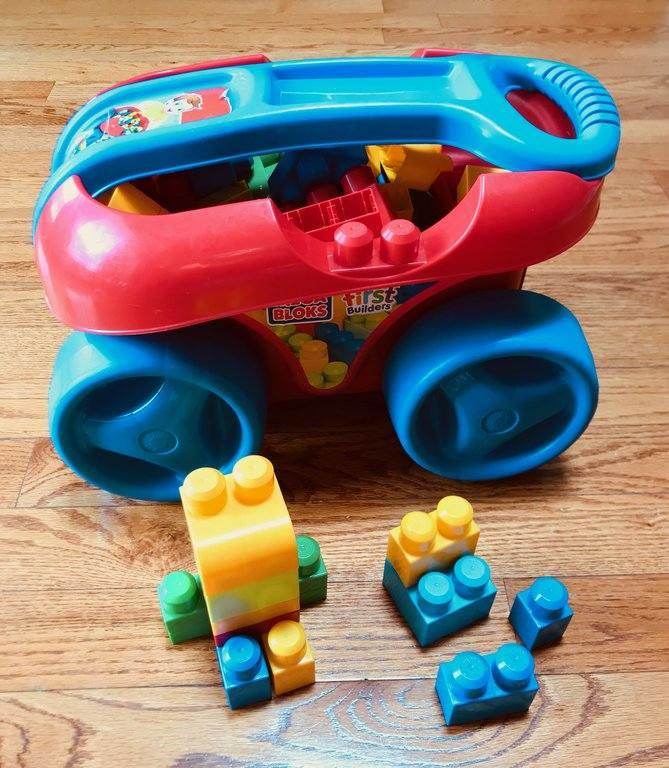

 Hi! I'm Jessica! I help people fund adoptions, navigate parenting, save money, and enjoy the good things in life.
Hi! I'm Jessica! I help people fund adoptions, navigate parenting, save money, and enjoy the good things in life. 
This is an extremely valuable resource full of good insight and helpful products and information! Love this Post!! 😘💕
This is such important, vital information! Great post!
So glad to see that I’ve purchased some of these for my little cousin that’s 2! Definitely gave me some ideas for the future too.
This is so cool! I will definitely be keeping these in the back of my mind for when I have kids down the road!
I had a kitchen set when I was younger 🙂 I want to look into some
Of these for my nephew.
I had a kitchen set when I was younger as well! Who knew it was helping our development?
Such an informative post! Bookmarking for the future 🙂
Ah! Great post! I never know what to buy for my nephews so this will be a good one for me to refer back to later also!
Very informative post. I remember those toys that we used for my kid, they are very helpful for their development.
Love this post! I especially love board books! 🙂
They are the best!
Nice post Jessica. My daughter love Sand/Water Tables.
Hey! It’s a great post to read. The love between toys and children is priceless and when toys come with such advantages that they help in the overall growth of the child, they become more valuable. It will definitely help if parents choose the toys wisely.
Thanks so much for reading!
Love this! A lot of developmental toys are included that I haven’t seen before.
Great list! Definitely gave me some inspiration for some last-minute Christmas presents.
Education toys are important for child development. These are great education toy ideas!
I really love this amazing list of developmental toys for little ones. These are great! Thank you for these fantastic tips 🙂
This is a super great list of educational and developmental toys, I am saving for later and I put the Spin Toy in my Amazon cart! My son will love that! As a child psychologist major and former daycare owner, I can especially appreciate all the skills each of the toys you mention help to develop. Your personal insight brings all the more value to this list!
We love the Spin Again! I’m happy that someone with child development experience thinks this is a good list! I’m just a mom trying my best, so I love the affirmation I’m on the right track. Thanks for reading!
I’m glad to see we have most of these for our little ones! I love reading about toys that also serve a learning purpose.